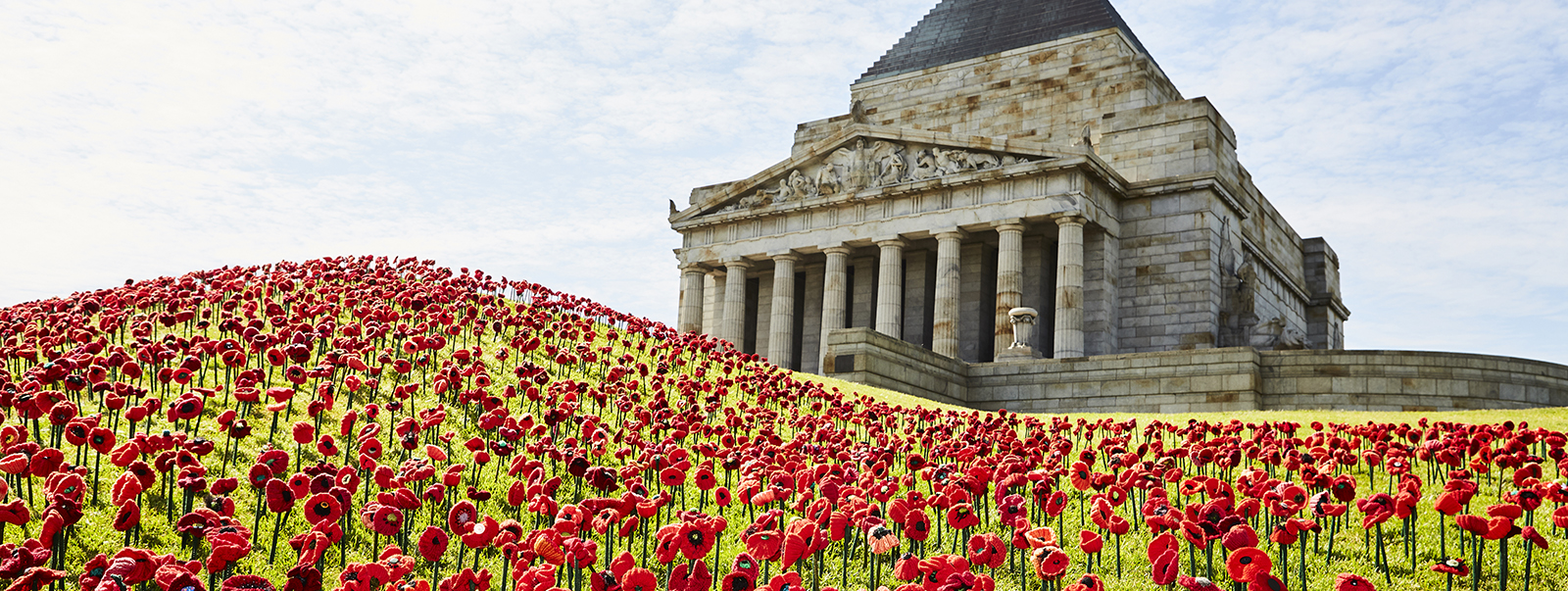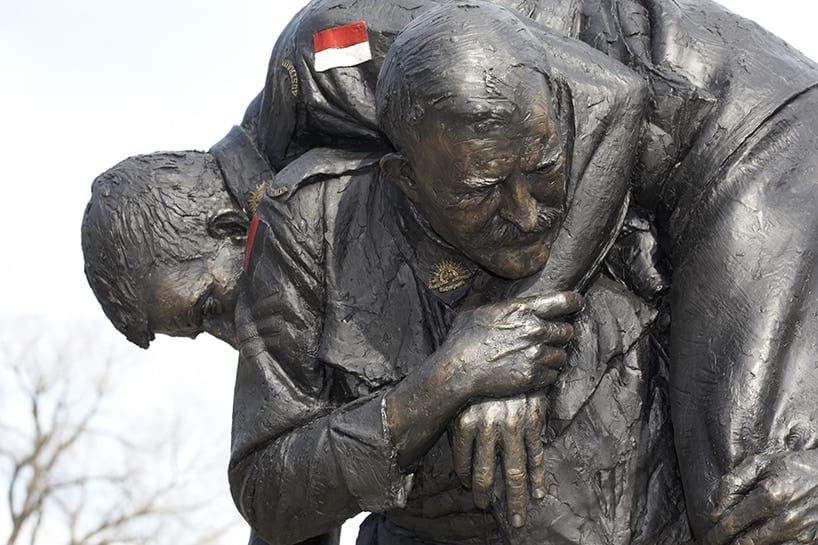Every year, on 11 November at 11 am — the eleventh hour of the eleventh day of the eleventh month — we pause to remember those men and women who have died or suffered in all wars, conflicts and peace operations.
Watch the 2024 Victorian State Remembrance Day Service
History of Remembrance Day
In late 1918, after more than four years of bitter fighting, Allied forces finally broke stubborn German resistance and forced Germany to sue for peace. Entire nations cheered as fighting ceased and the armistice that ended fighting in the First World War took effect at 11am on 11 November 1918.
One year later, commemorations to mark the anniversary of the end of the war were held across the Commonwealth. This day became known as Armistice Day. At the request of King George V, the people of the Empire ceased work at 11am to hold a two-minute vigil to remember the fallen. This vigil would evolve into the minute's silence of today's Remembrance Day services.
By the end of the Second World War Armistice Day had grown from solely a remembrance of the men and women of the Great War into something larger, becoming a day to honour all those who had fallen in war.
With this evolution came a change of name and 11 November became known as Remembrance Day.
Australians continue to observe Remembrance Day and services are held at memorials, RSL clubs and schools across the country. One minute's silence is taken at 11am on this day in silent tribute to the fallen.
Remembrance Day is additionally significant for the Shrine of Remembrance. The foundation stone was laid on 11 November 1927; the Shrine was officially dedicated on 11 November 1934 and witnessed by more than 300,000 people, nearly half the population of Melbourne and the largest crowd seen in Australia at that time; and the Galleries of Remembrance were opened on 11 November 2014.
Updated

